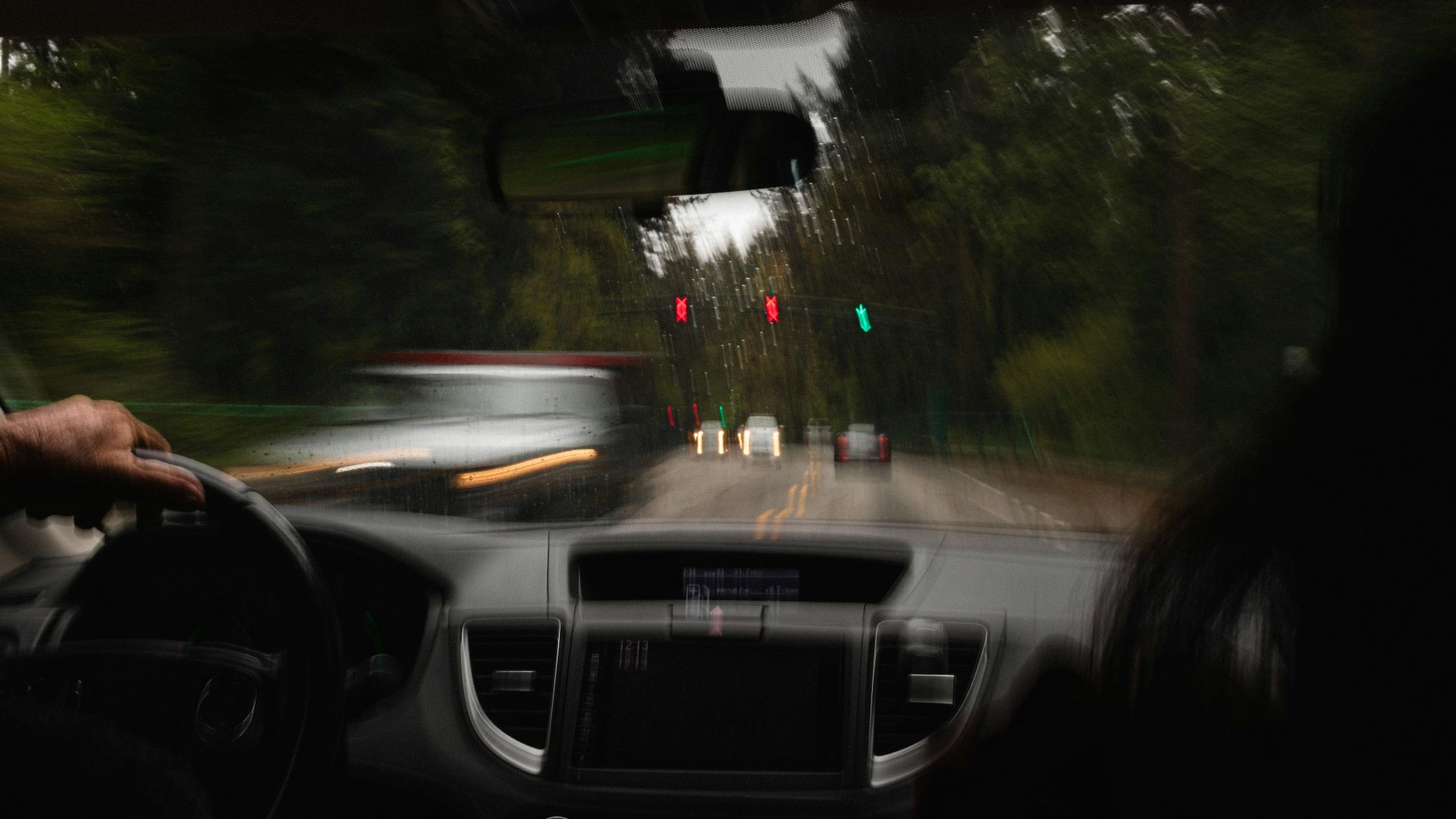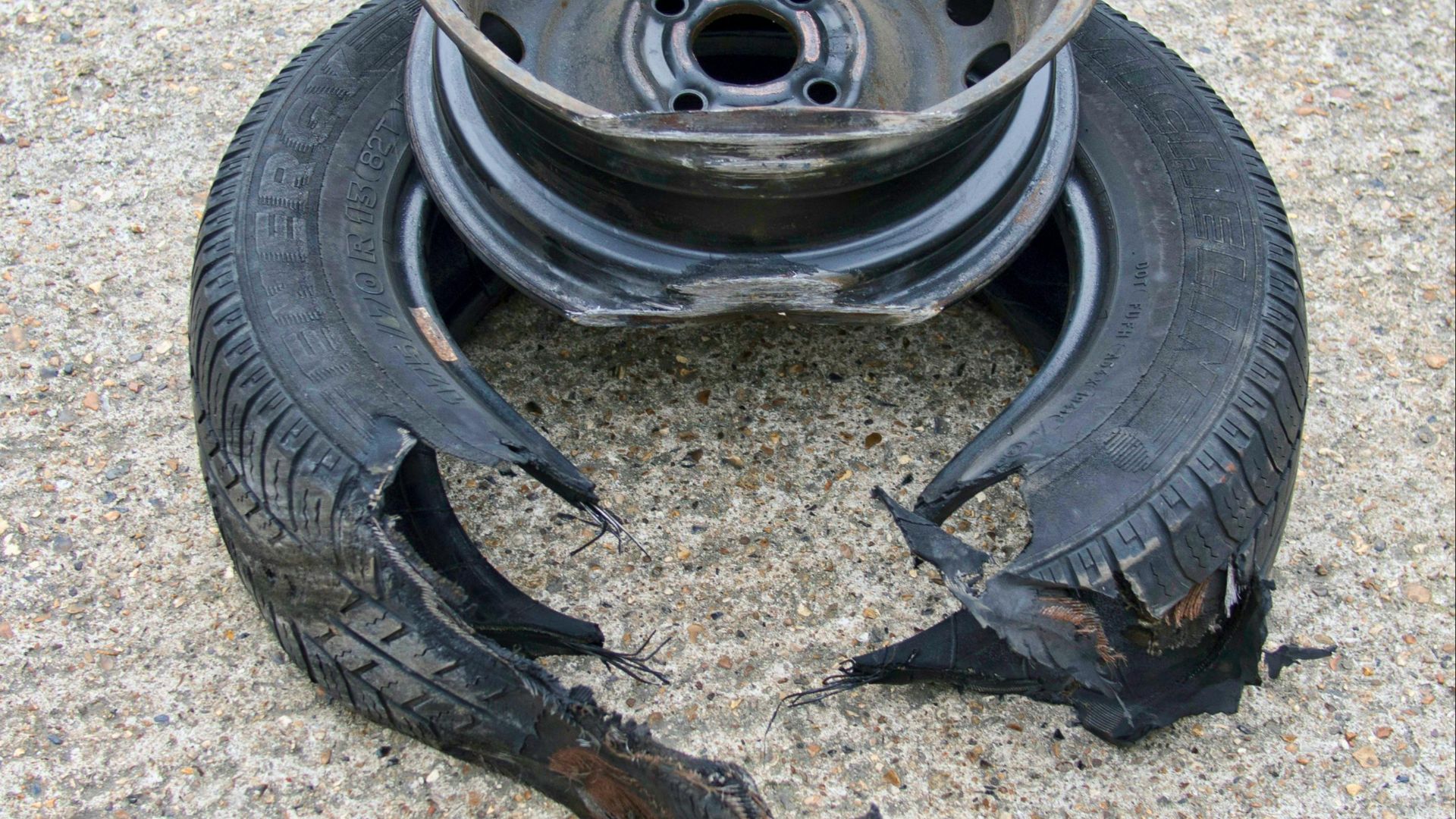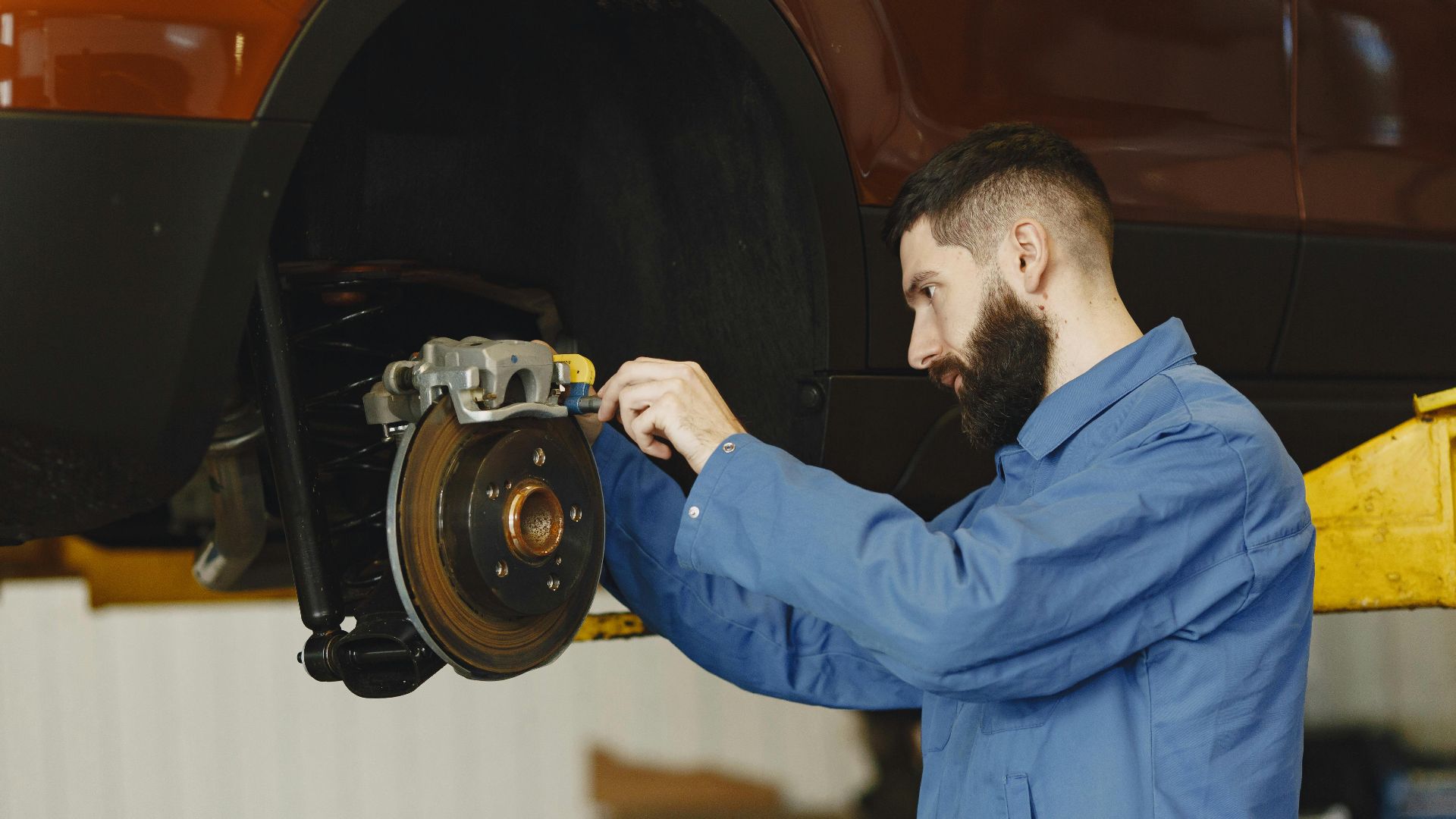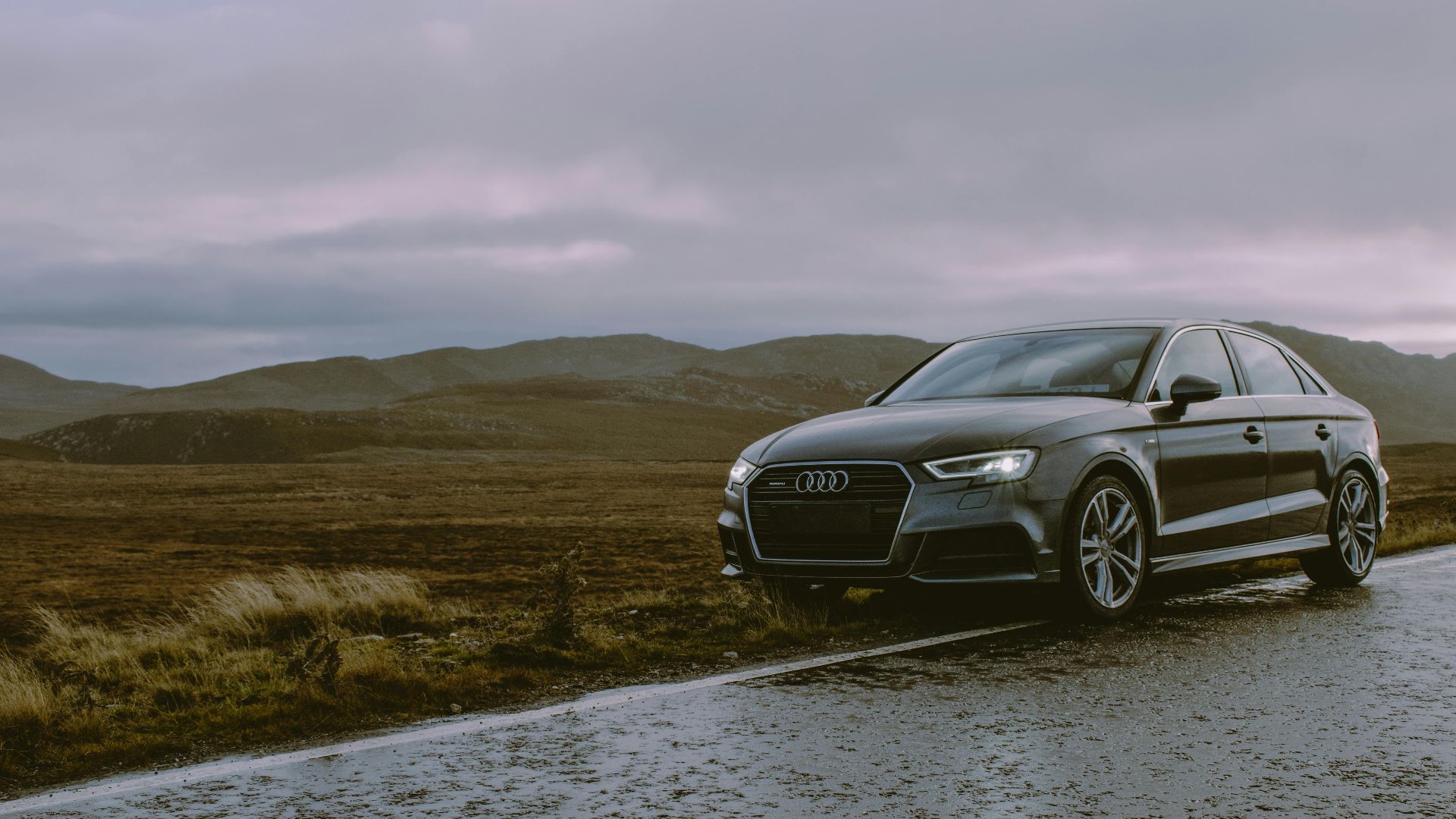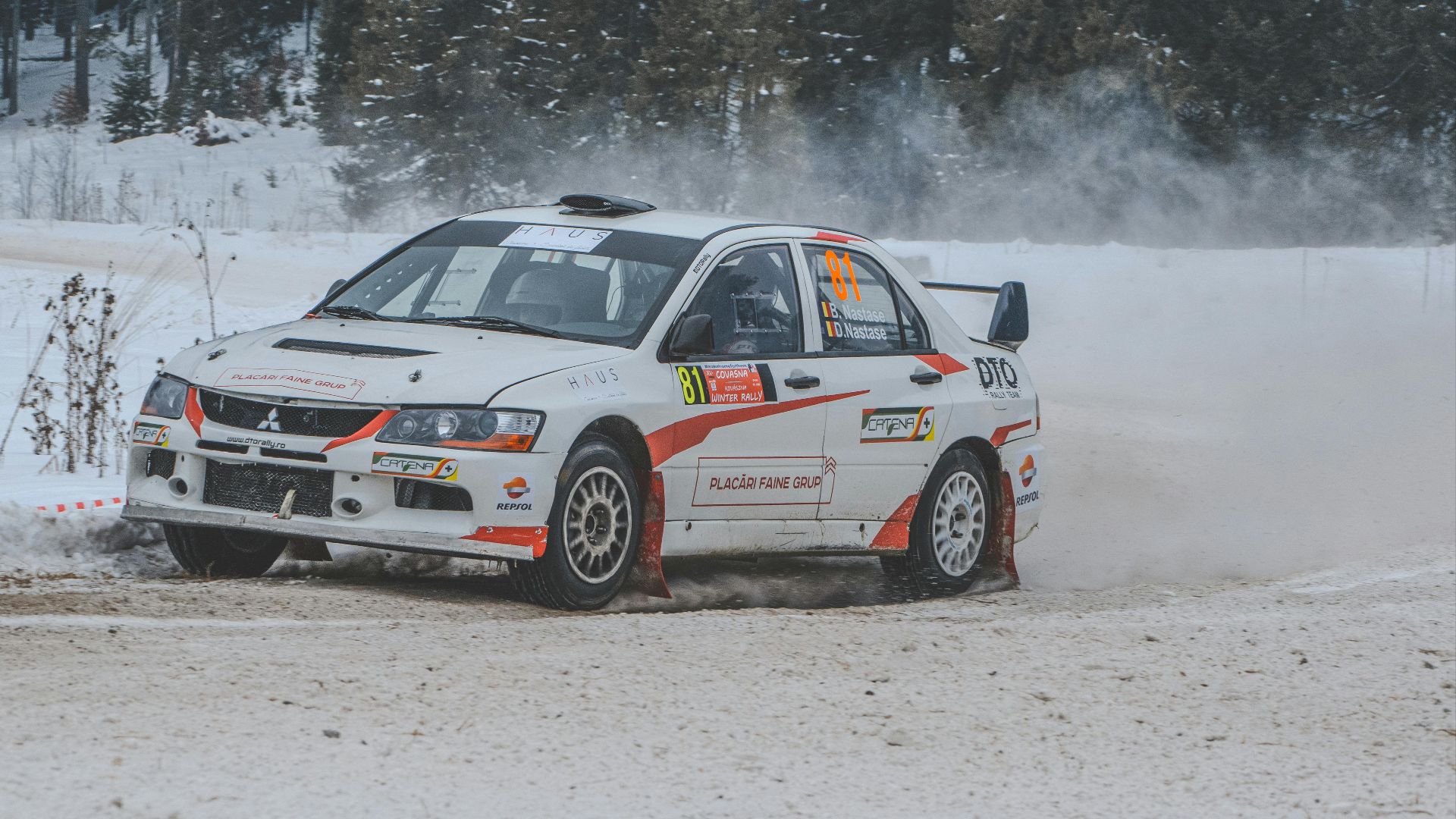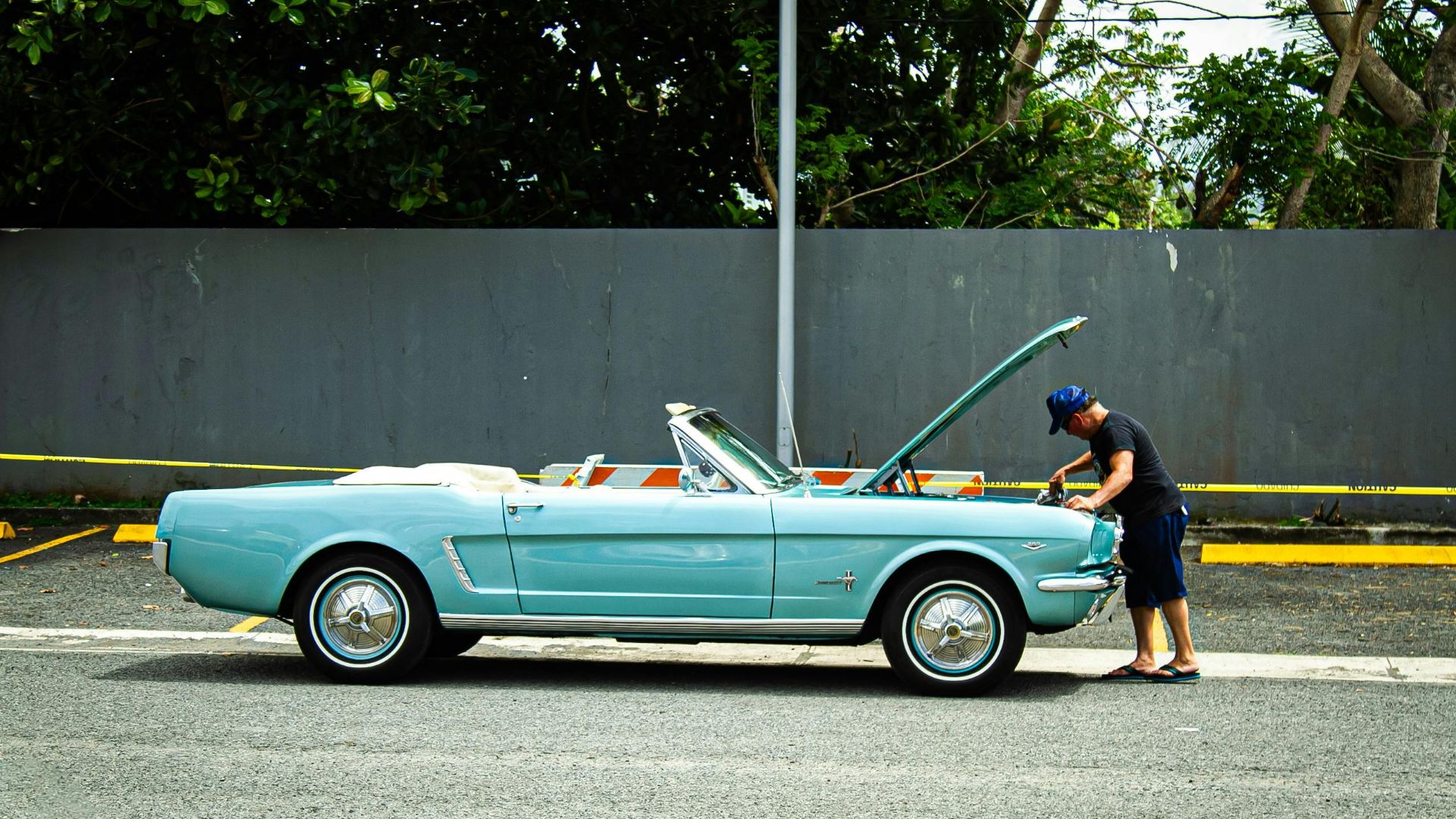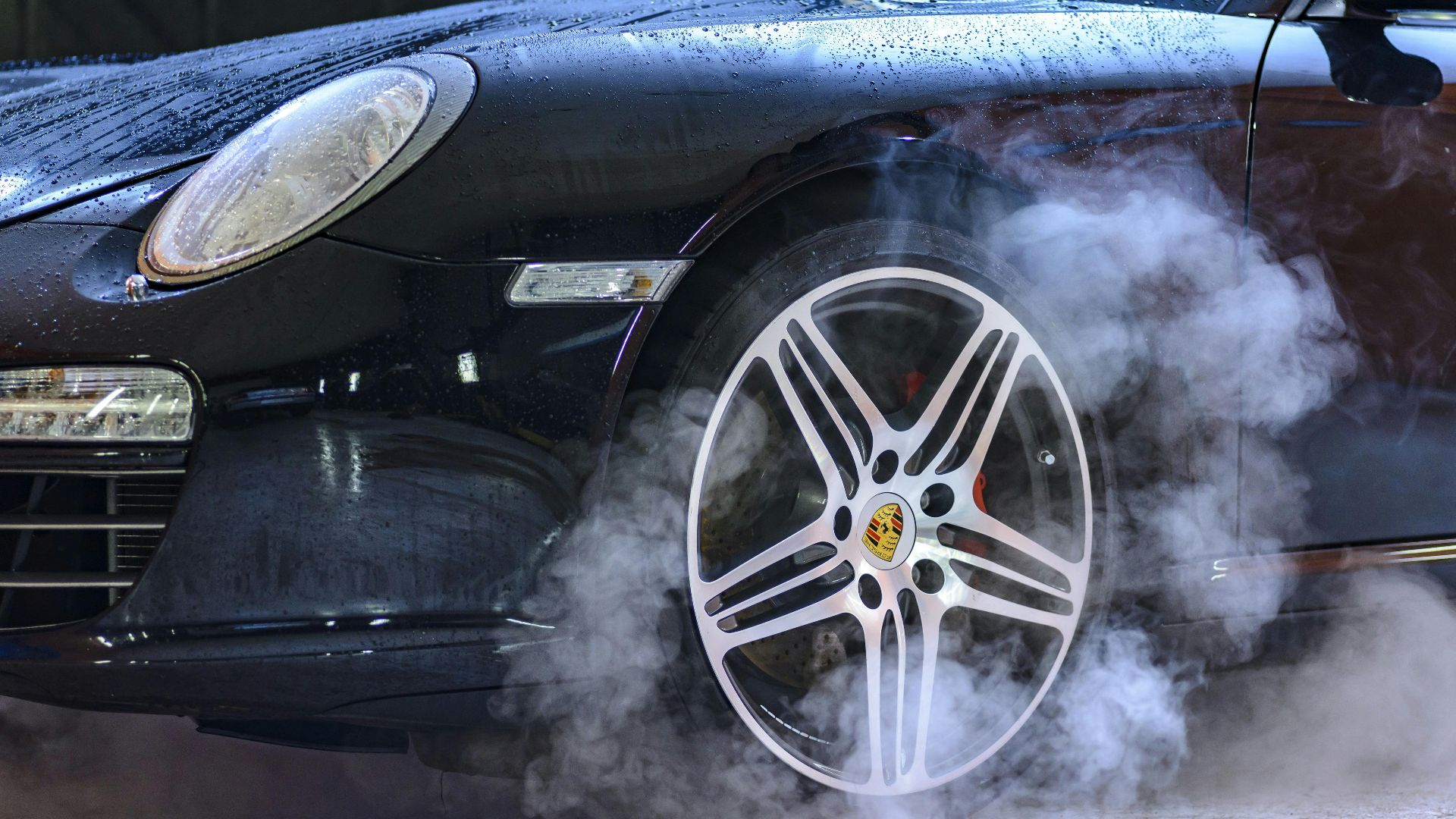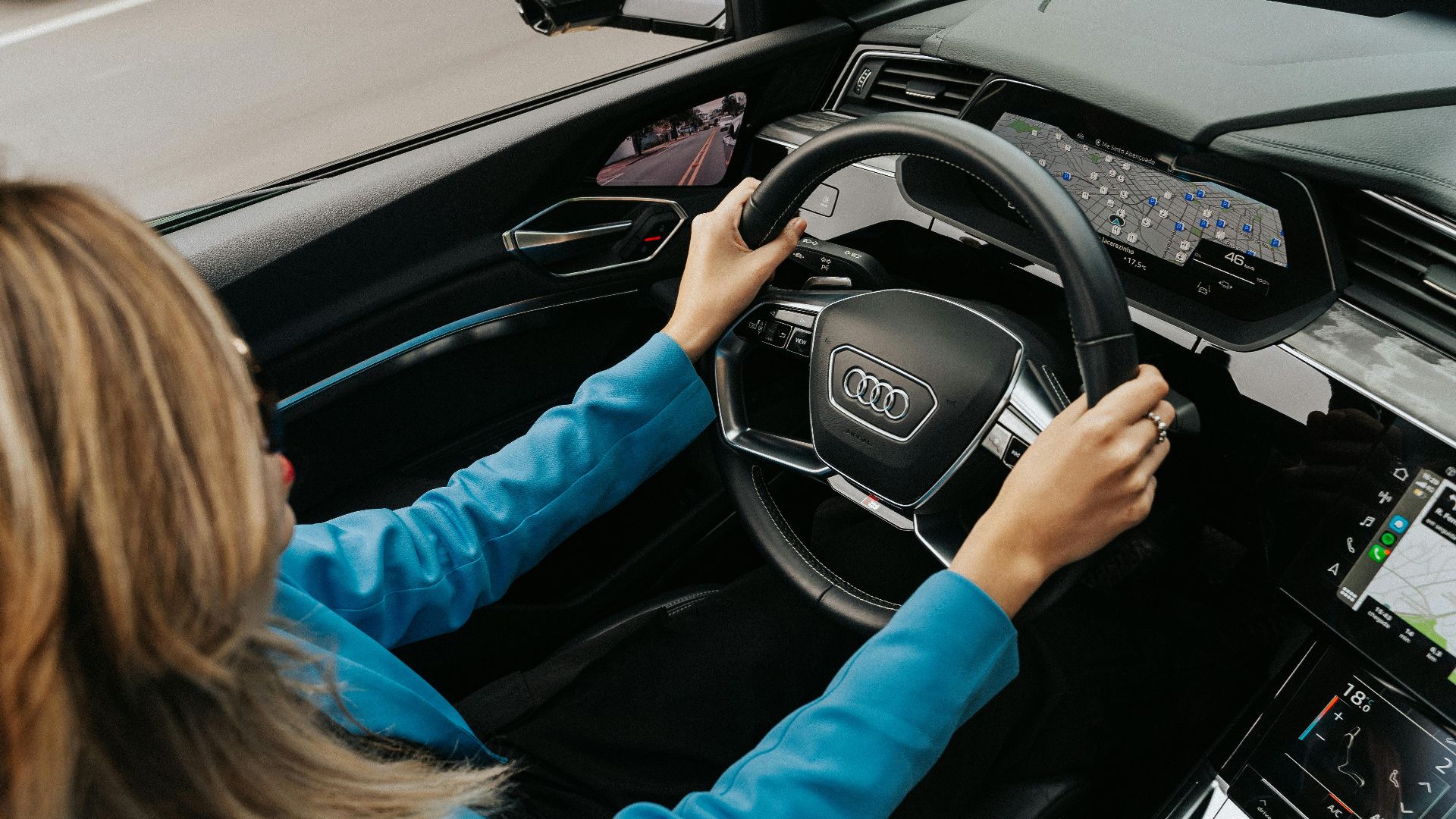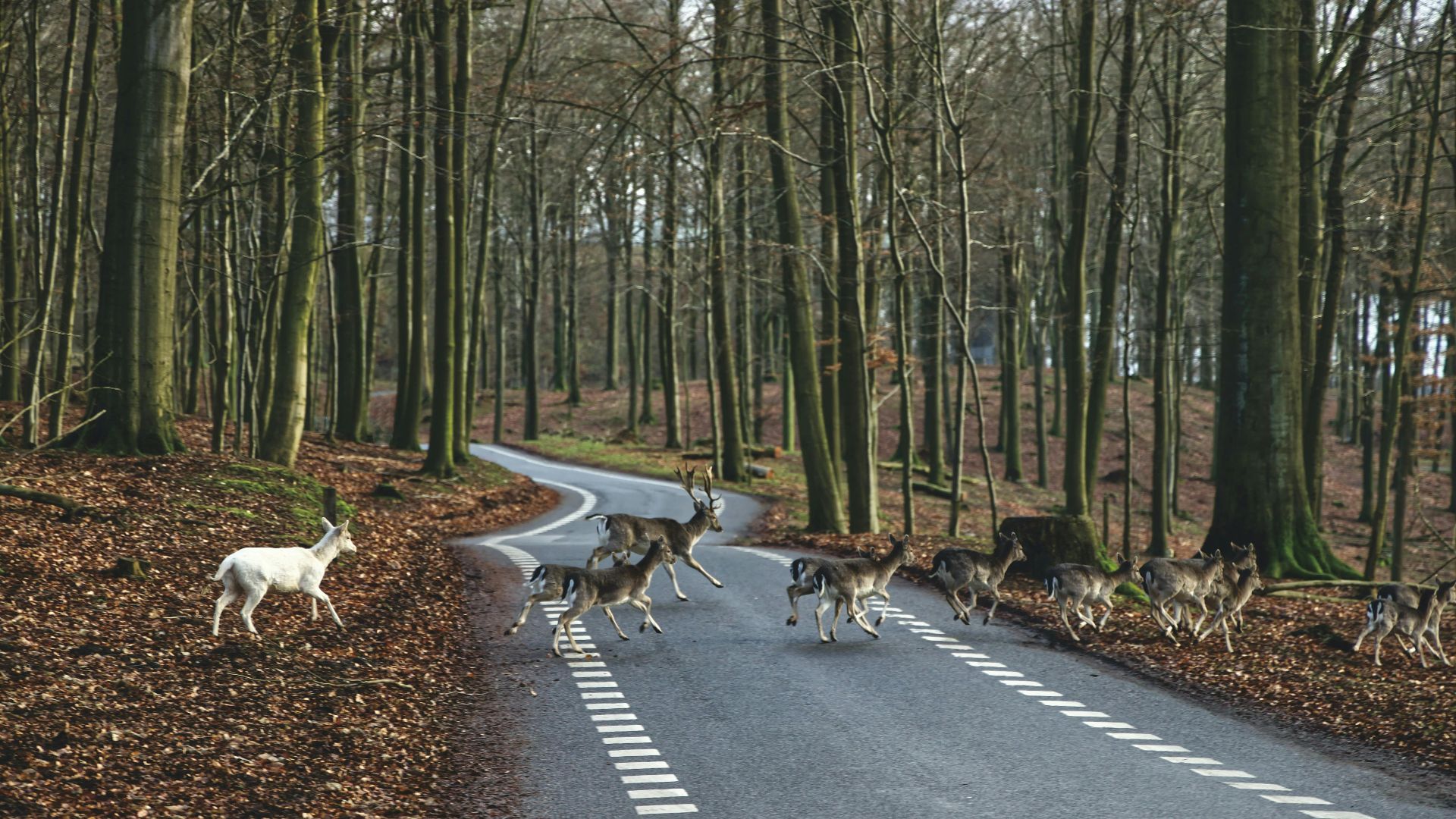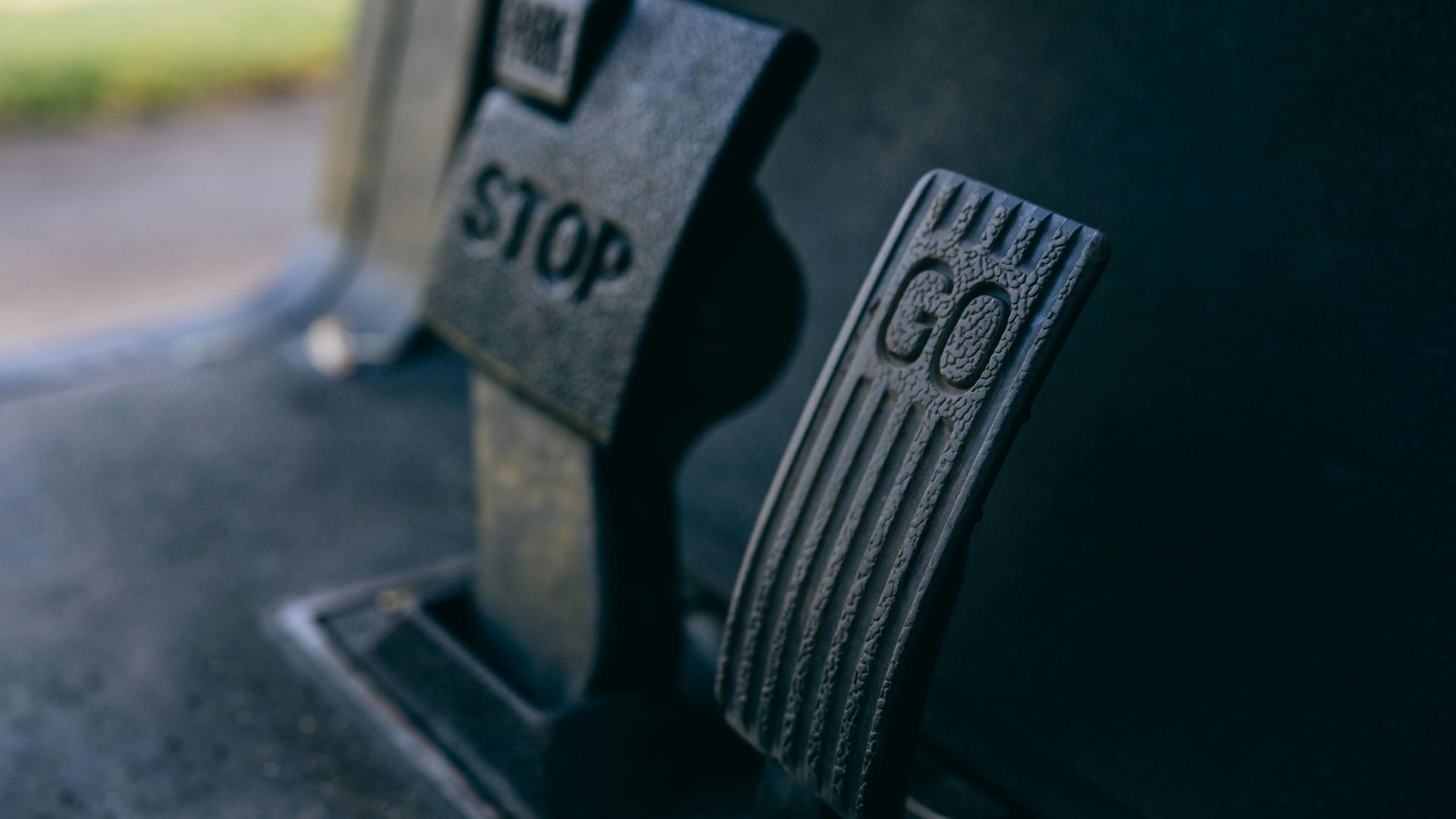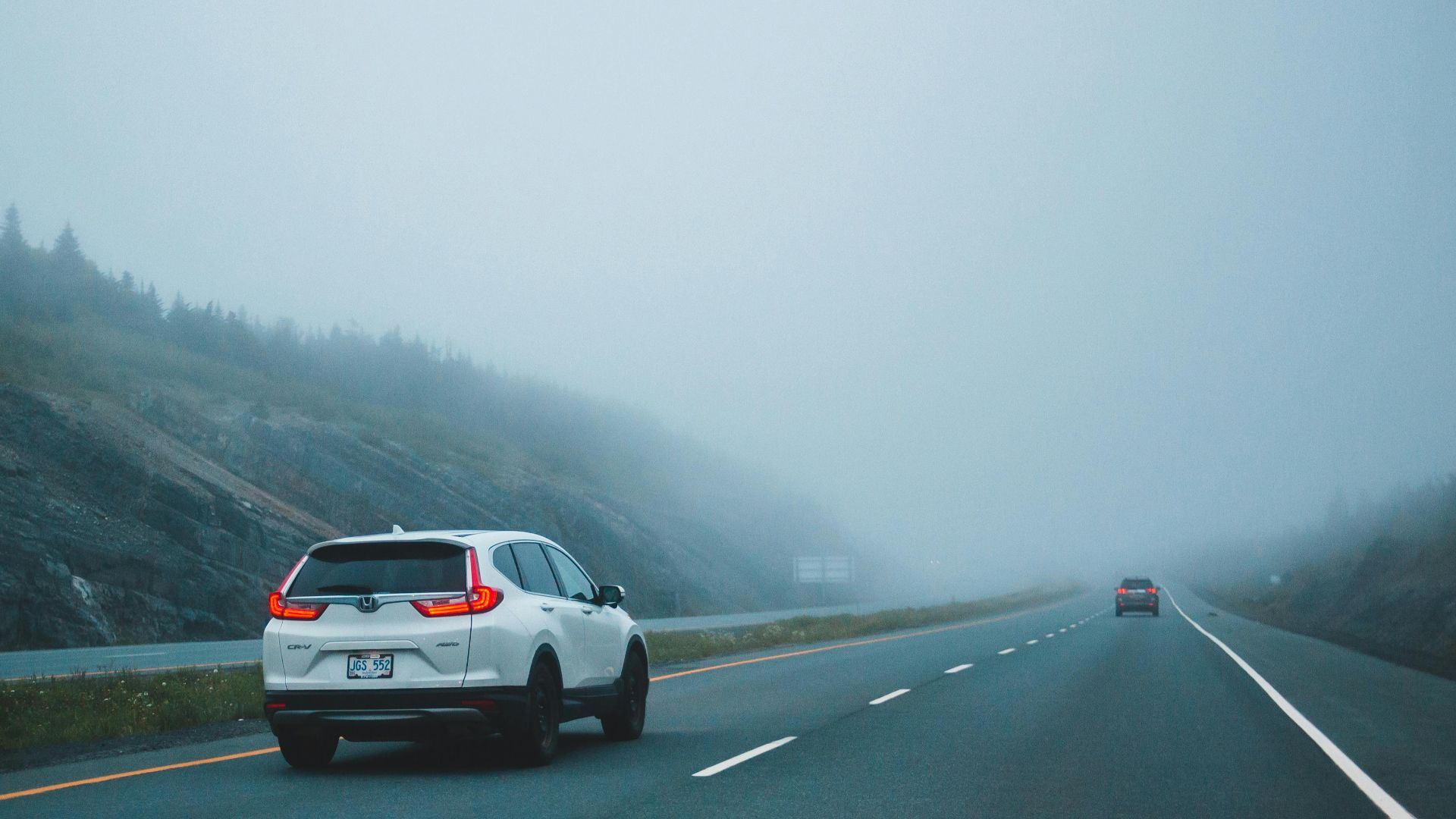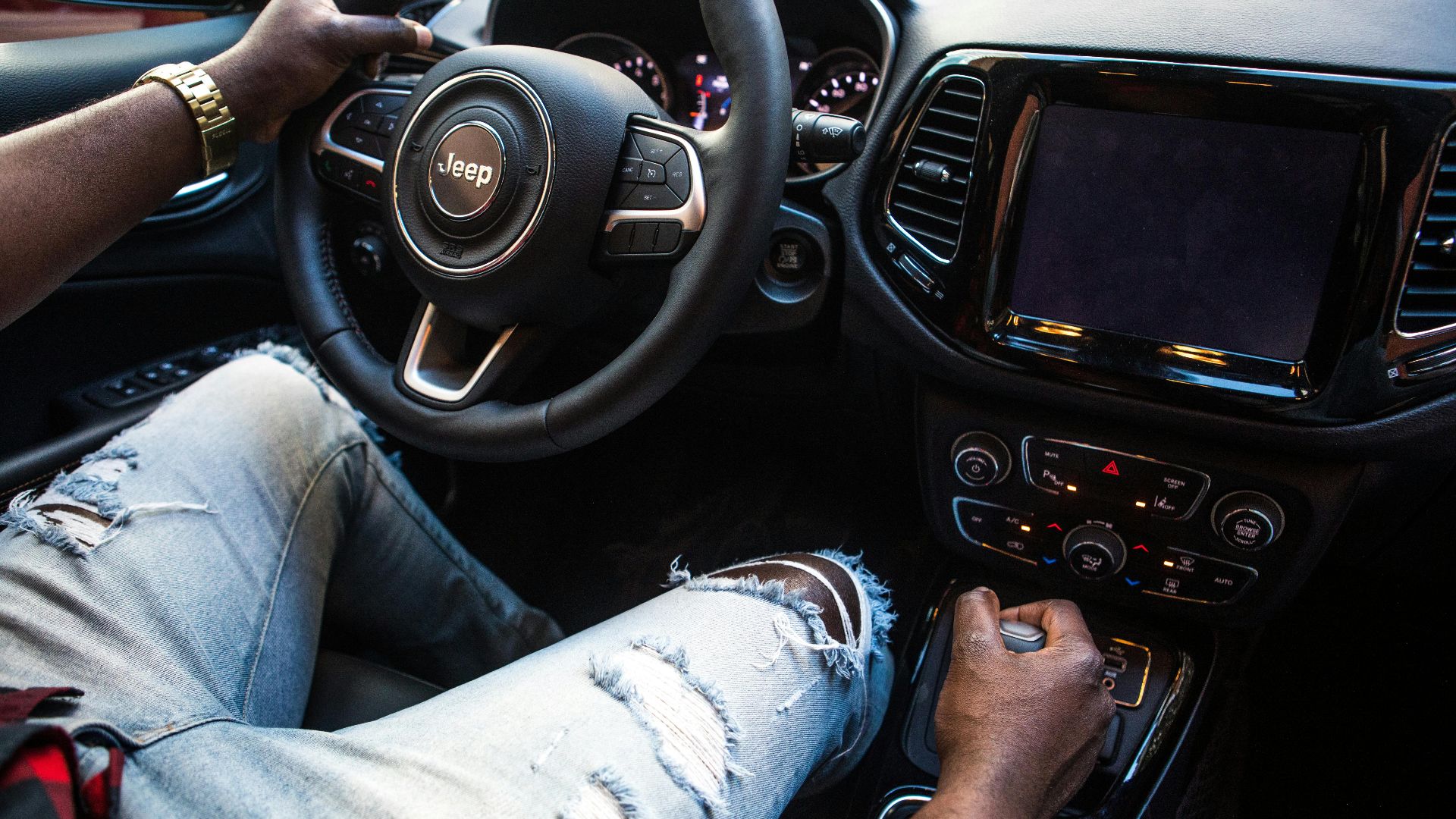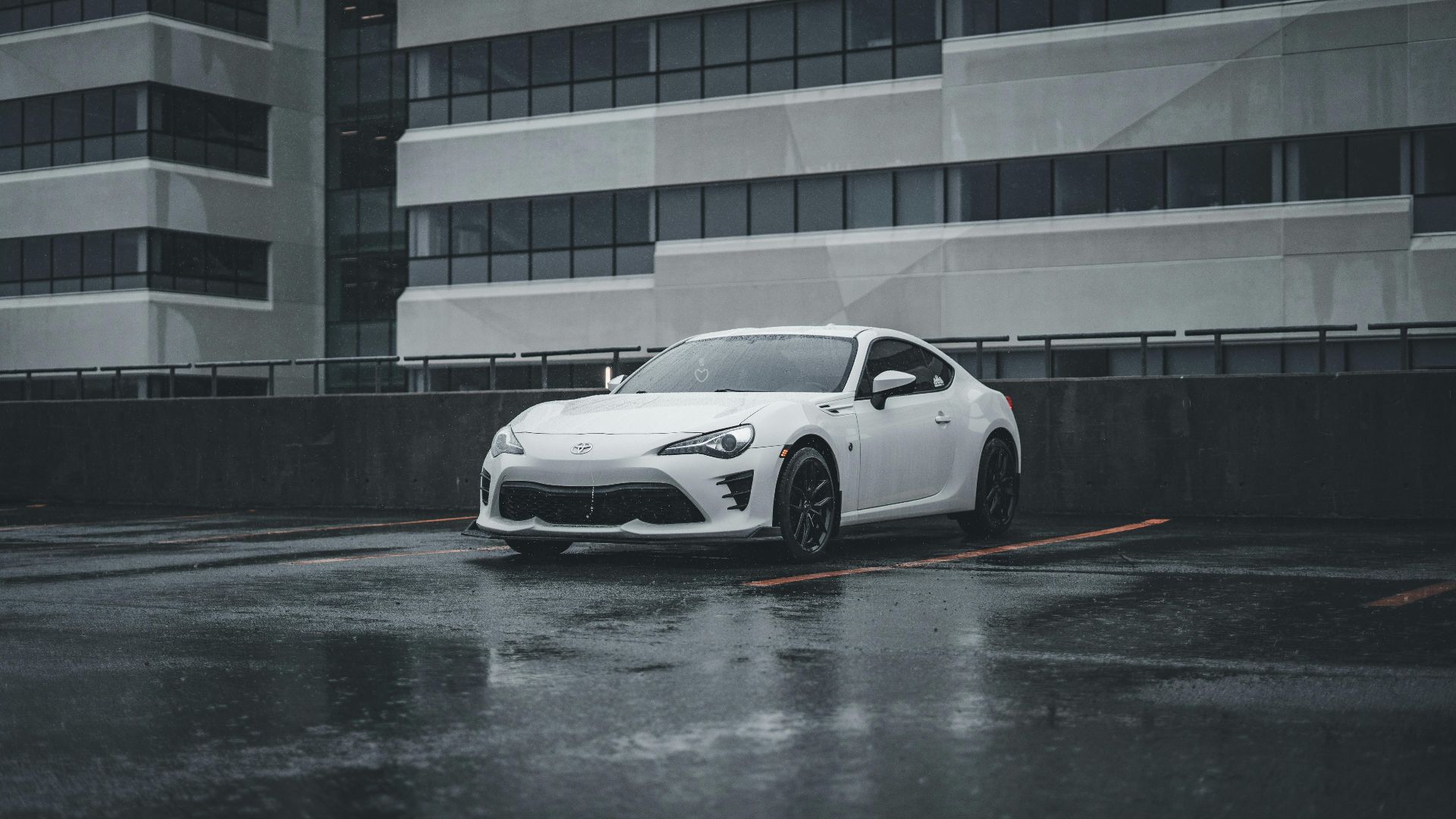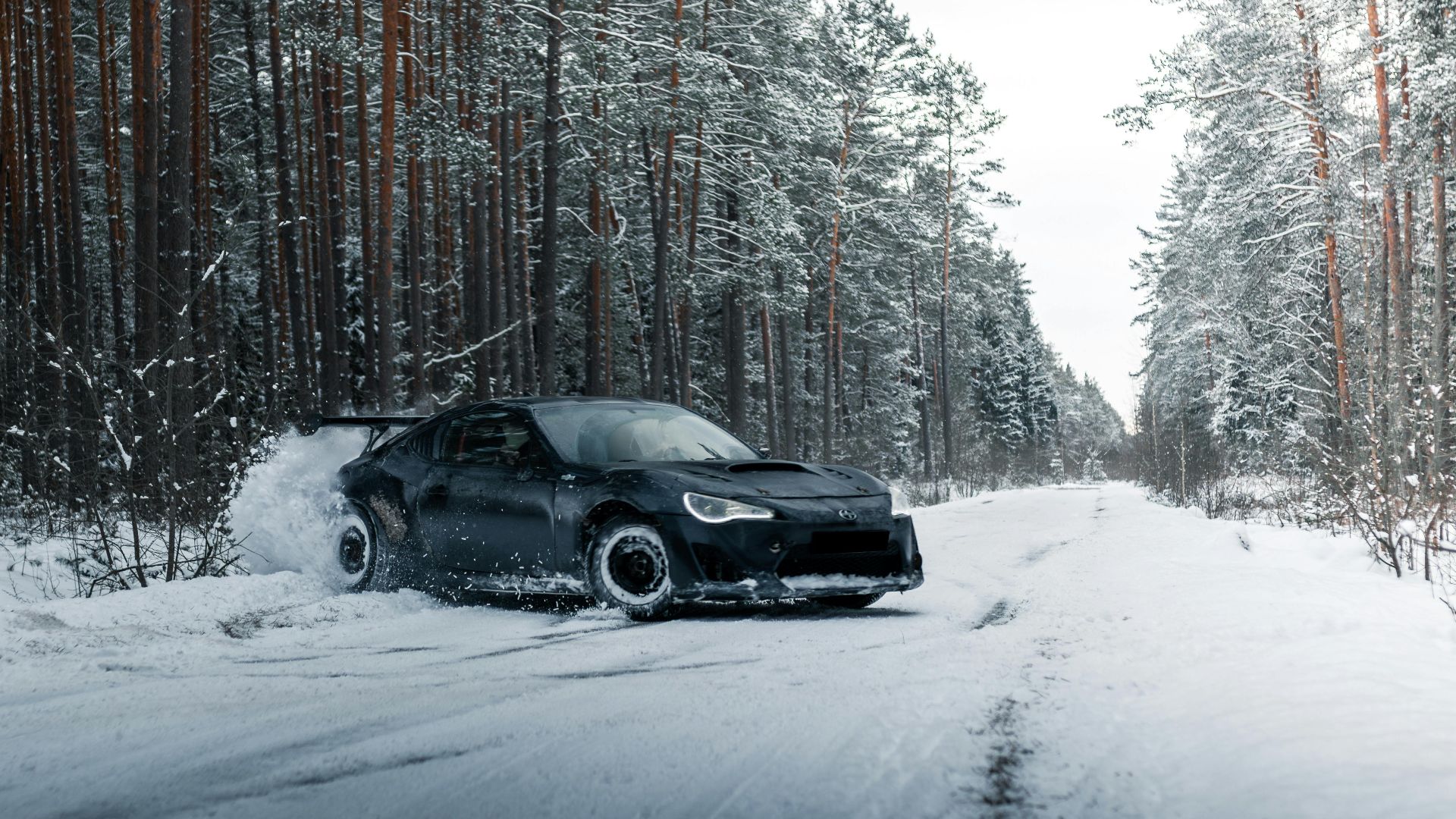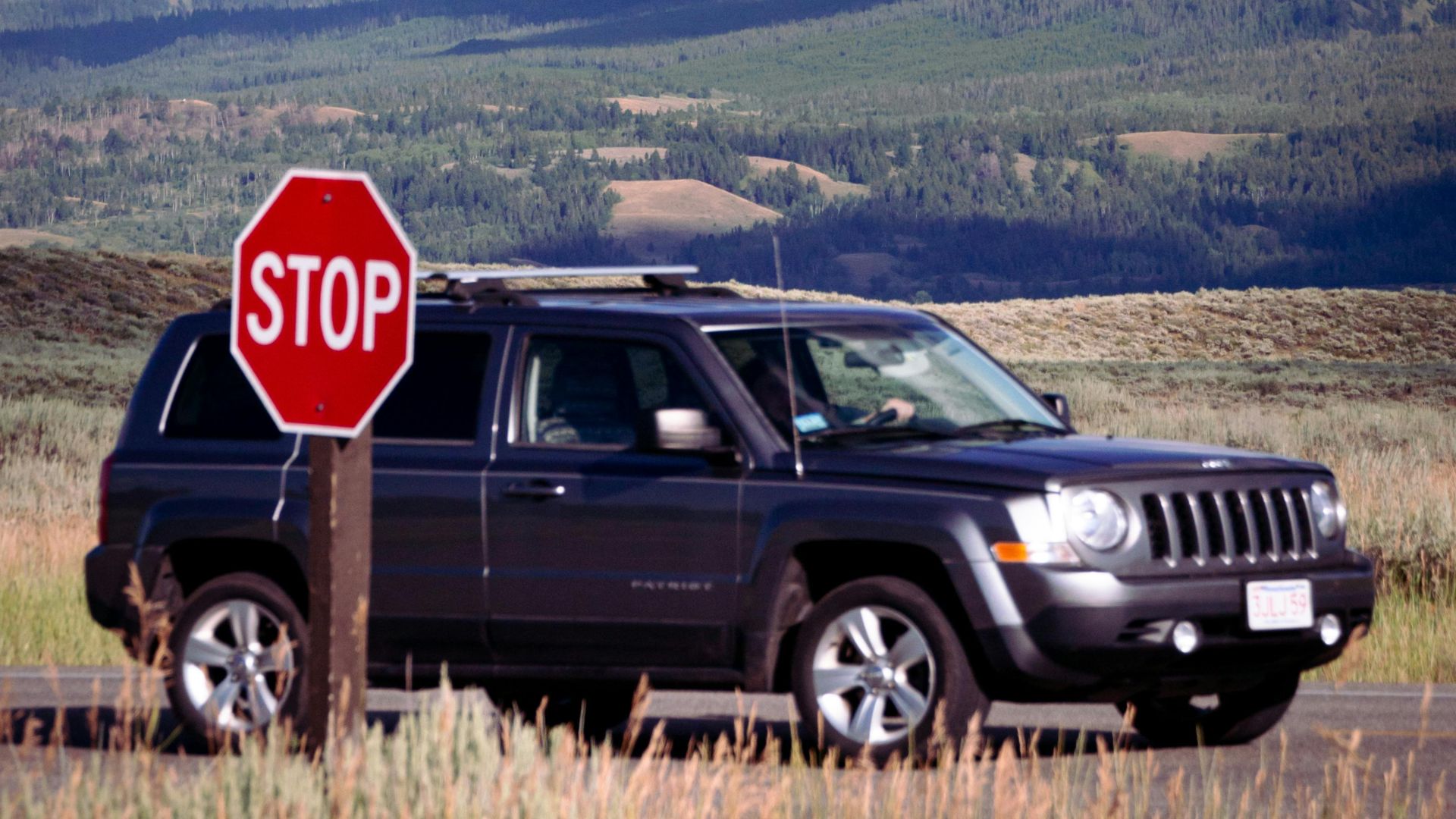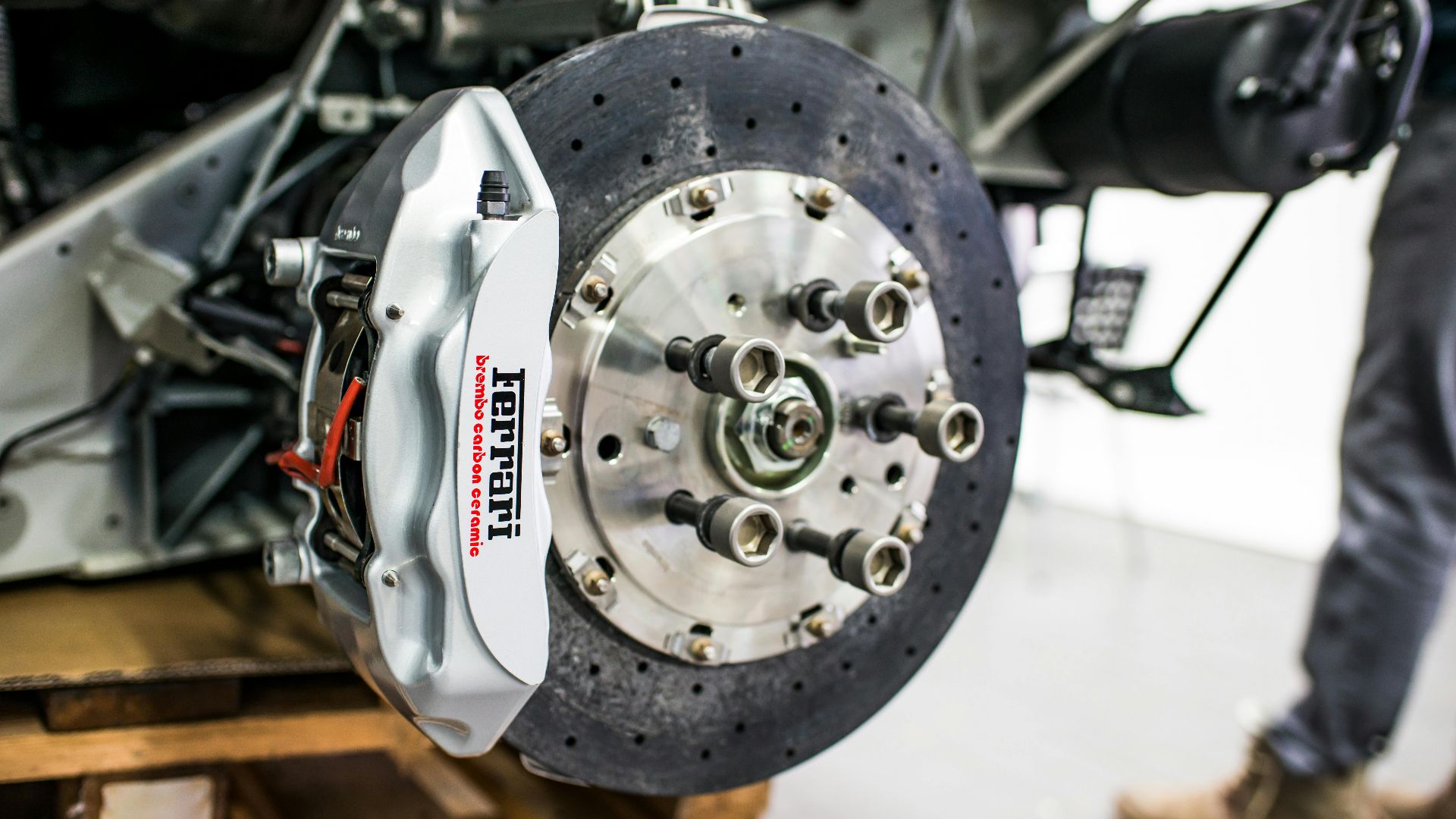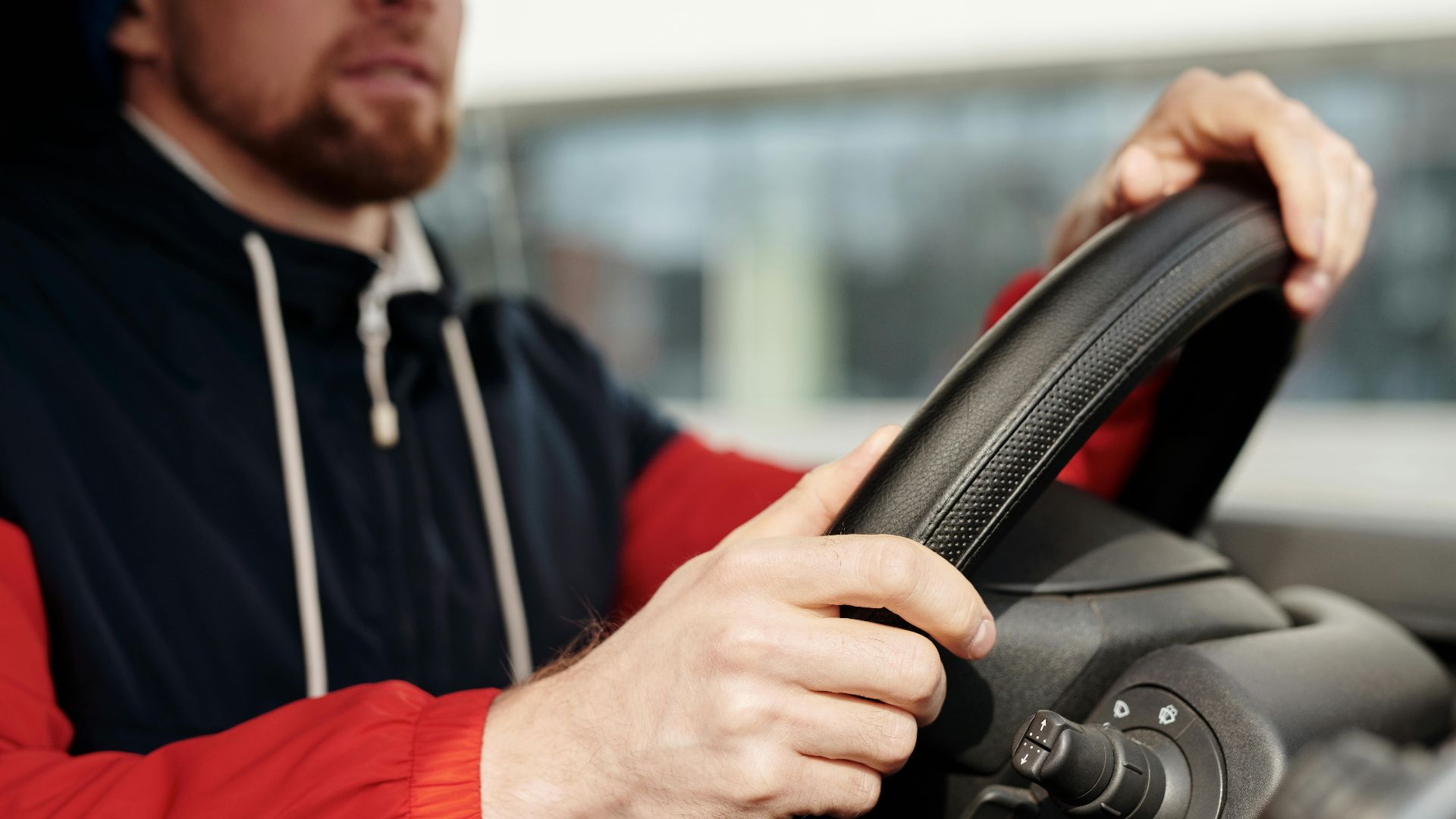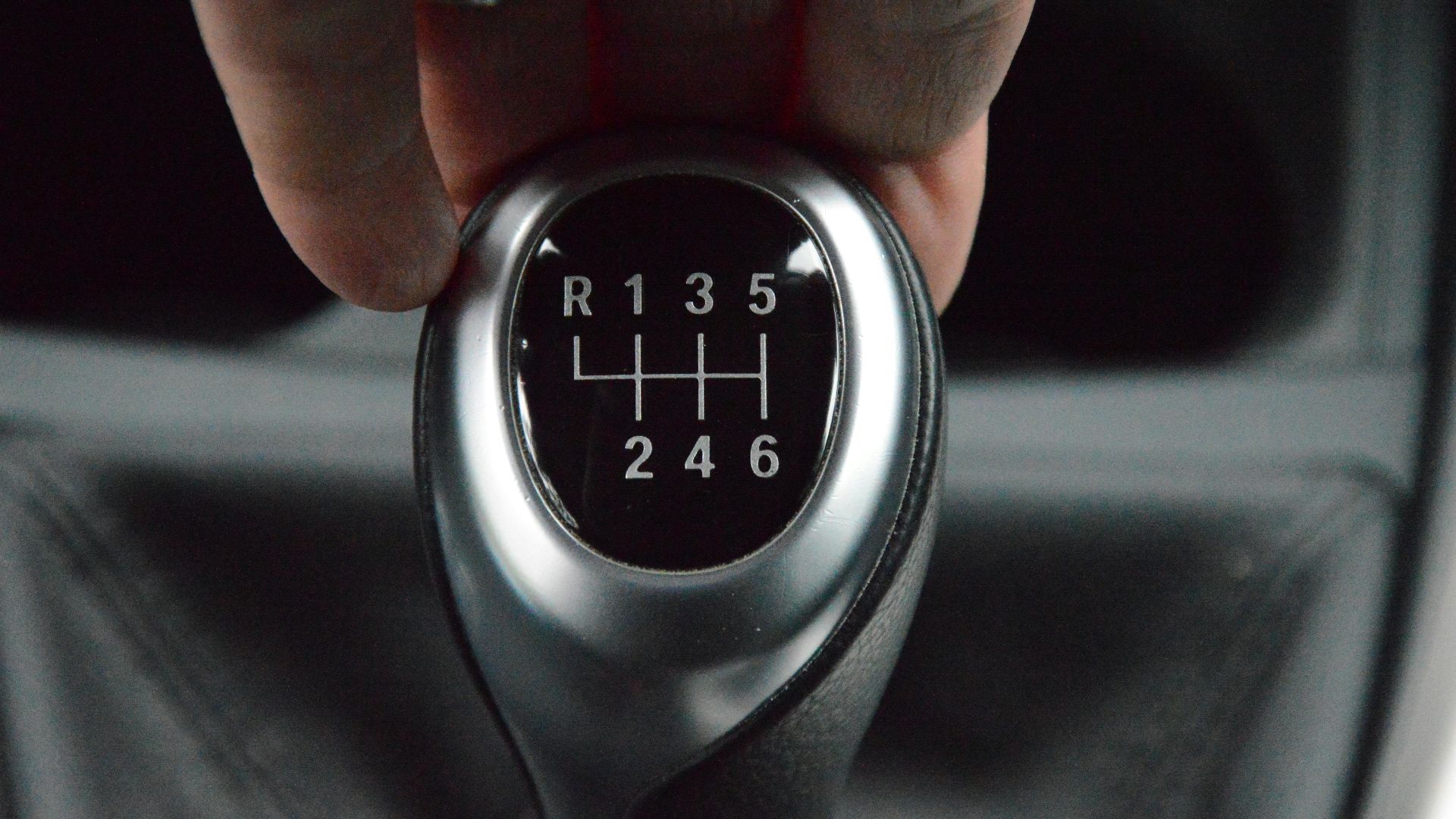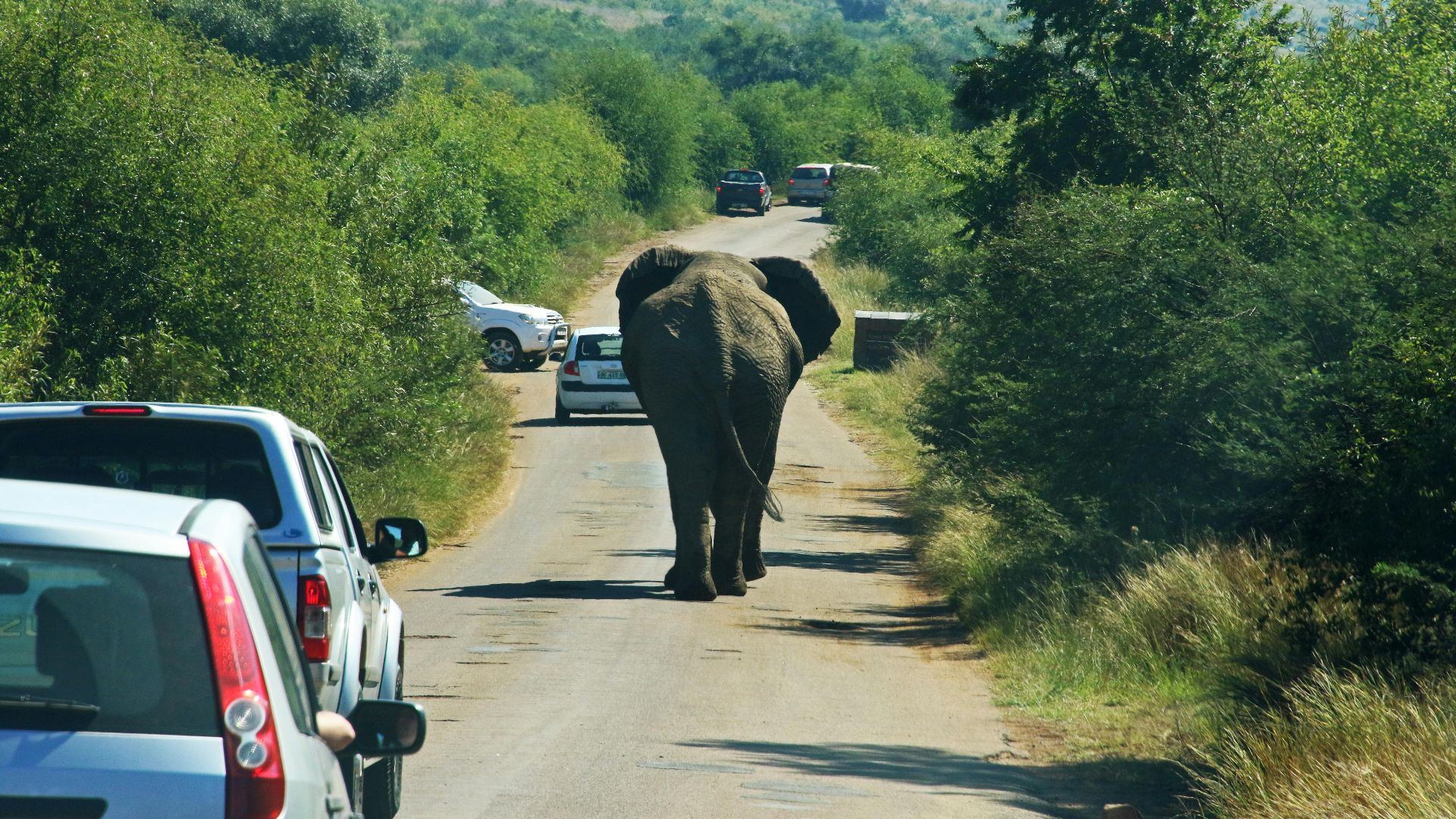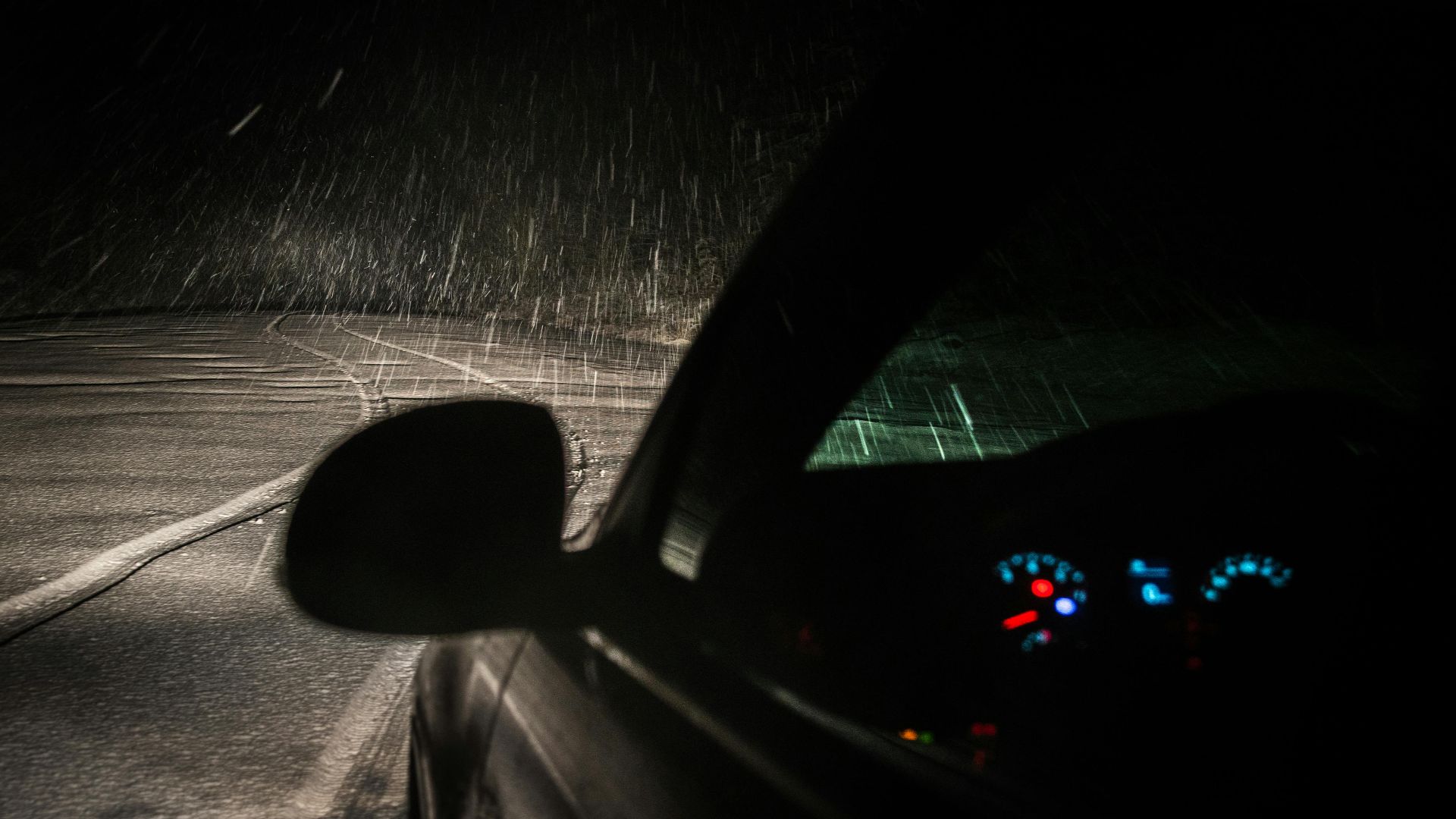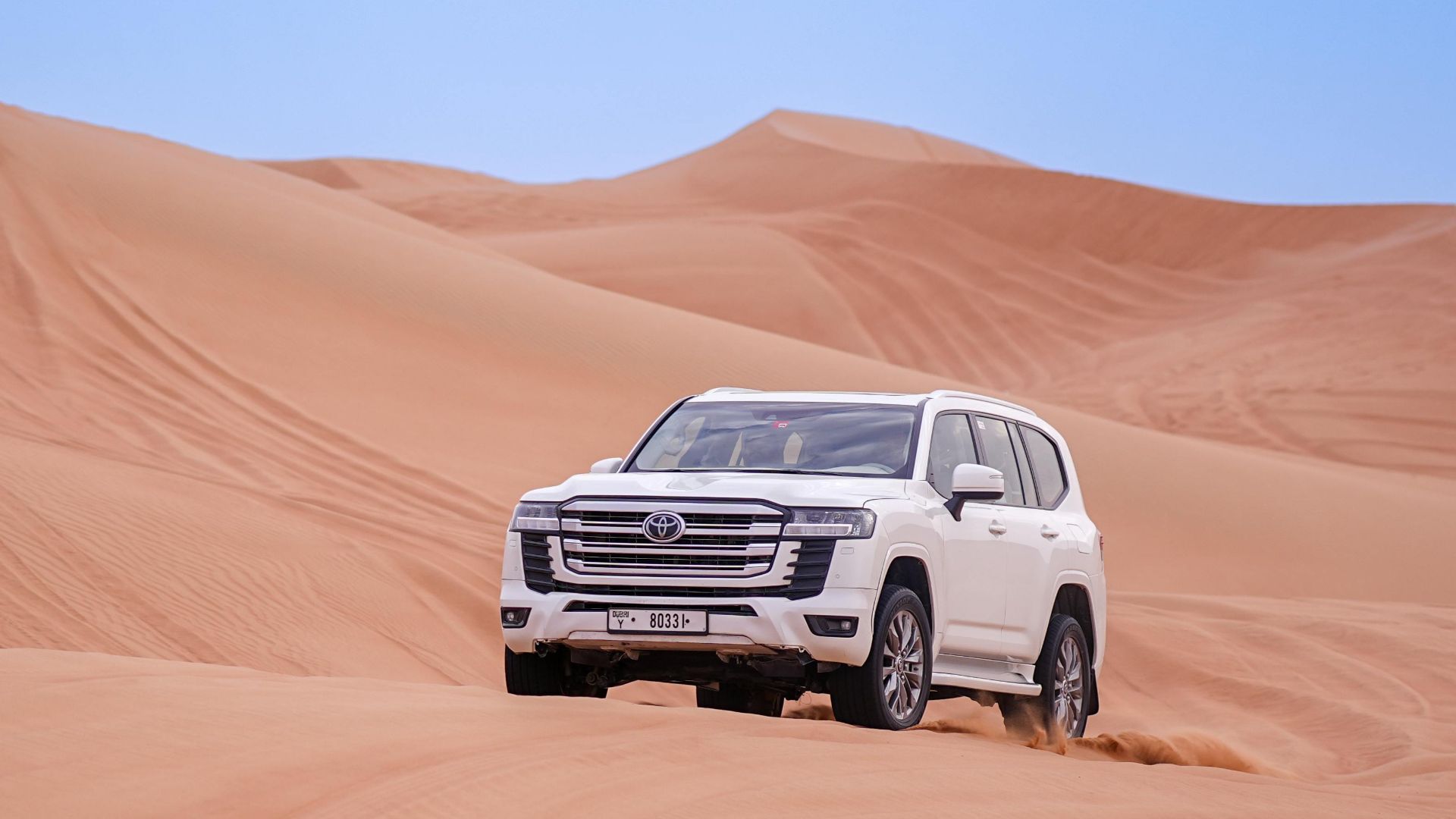Control The Chaos Ahead
You never expect emergencies, but they happen. One second, everything feels routine, and the next, you're forced to make a split-second decision that could change everything. These are the moments where staying calm can mean the difference between a close call and a catastrophe—panic often makes things worse. Ahead, we’re covering dangerous emergencies drivers should know about and preparing them to handle these emergencies with finesse. Let’s start by pointing out the emergencies.
1. Blown Tire At High Speed
A tire blowout can instantly destabilize your vehicle, especially at highway speeds, and even be fatal. Most blowouts happen during hot weather due to increased tire pressure, but underinflated tires are also a leading cause.
2. Sudden Brake Failure
Many mechanical failure-related crashes stem from brake issues. When a complete brake failure happens, drivers may be unable to stop in emergency conditions. Break fades can be fatal too, and can happen simply from overuse on long downhill drives.
3. Hydroplaning During Rain
Water buildup can make tires lose contact with the road, resulting in hydroplaning, which can lead to total loss of control at speeds as low as 35 mph. Just 1/12 inch of water is enough to cause it, and bald tires hydroplane faster.
4. Car Skidding On Ice
Skidding on ice is more common than you think, causing over 150,000 crashes every year, according to the Federal Highway Administration. Black ice is especially dangerous because it's more slippery and nearly invisible, and bridges even freeze before roads do.
5. Engine Overheating On The Highway
If your car overheats, it could cause damage to the engine. And when an overheated engine seizes, it calls for a replacement. Whenever you see steam from the hood, don’t assume it’s just smoke—act fast but safely.
6. Brake Lock-Up While Driving
Locked brakes can throw your car into a skid, especially if you hit them too hard. This is more likely to happen to you if you use a car without ABS. On gravel roads, slamming the brakes makes lock-up more likely.
7. Sudden Steering Wheel Lock
A steering lock prevents the driver from turning the wheel. It often occurs due to ignition switch issues or steering column lock malfunctions. In many cars, the anti-theft steering locks can activate unexpectedly if you turn the wheel while starting.
8. Unexpected Animal Crossing
Not only are wildlife collisions responsible for millions of crashes every year, but swerving to avoid animals often leads to rollovers or collisions with trees or other cars. If you swerve and hit something else, insurance may not even cover damages.
9. Stuck Accelerator Pedal
A stuck accelerator can cause unintended acceleration and loss of vehicle control, and it has even led to massive recalls from major automakers. Some mats or carpets can trap the gas pedal, and it’s more common than you'd think.
10. Sudden Fog Or Zero Visibility
Fog reduces visibility to near zero, especially on highways, and this increases pile-up risks. It's a leading cause of deadly multi-vehicle collisions in low-light conditions. You may think high beams help, but using them in fog actually worsens visibility.
Knowing the emergencies is not enough. So, let’s show you what to do when you face them.
1. Ease Off The Gas And Steer Straight (For Blown Tire)
Slamming the brakes after a blowout is one of the worst things to do. Instead, let off the accelerator—it helps you gradually slow down without jerking the car. And steer straight to prevent sudden weight shifts and a spinout.
2. Shift Down And Use Emergency Brake (For Brake Failure)
When brakes are gone, downshifting helps slow the vehicle using engine resistance. Remember that the emergency brake operates separately from the main hydraulic system, so you have a backup. Yes, it’s called “parking brake,” but it's there for emergencies too.
3. Gently Steer And Avoid Braking (For Hydroplaning)
You want your tires to regain contact with the road, so steer lightly. And don’t break, as it can cause complete loss of traction. Also note that, in the first few seconds, letting off the gas gently is more effective than any steering.
4. Turn Into The Skid To Regain Control (For Skidding On Ice)
Turning in the skid direction helps your tires align with your momentum, and this is the fastest way to regain traction and avoid spinning. It feels counterintuitive, but it is the safest move. Sadly, most people instinctively do the opposite.
5. Turn Off A/C And Pull Over Safely (For Engine Overheating)
Reduce strain on the engine by turning off the A/C. Also, pull over so the engine can cool down and you can avoid catastrophic internal damage. It can take 30+ minutes to safely cool, so be patient.
6. Pump Brakes Gently Or Use Engine Braking (For Brake Lock-Up)
In cars without ABS, pumping the brakes manually can help regain control. Or use engine braking—it lets you slow down using gear resistance instead of relying on brakes. ABS mimics manual pumping, but never pump ABS brakes yourself.
7. Wiggle Wheel And Key (For Steering Lock)
Many steering locks engage when the wheel is turned sharply after the ignition is off, and it’s pretty common in older cars. However, gently rocking the wheel while turning the key can release the lock mechanism.
8. Shift To Neutral And Brake Firmly (For Stuck Accelerator)
If you shift to neutral, it disconnects the engine from the wheels and stops unwanted acceleration. Firm braking is also needed to slow the vehicle once the power is disengaged. You can check the pedals for snow or debris afterwards.
9. Brake Firmly—Don’t Swerve Unless Absolutely Necessary (For Animal Crossing)
Braking in a straight line gives you the best chance of avoiding a crash. But if you swerve, you may lose control or even hit another car or a tree. And remember to be extra careful when you see wildlife crossing signs.
10. Slow Down, Use Fog Lights, And Stay In Lane (For Sudden Fog)
Reduce your speed—it increases reaction time when visibility drops—and use fog lights. These lights are designed to cut below the fog and improve your view of the road. Low beams work better in fog. Never forget that.


